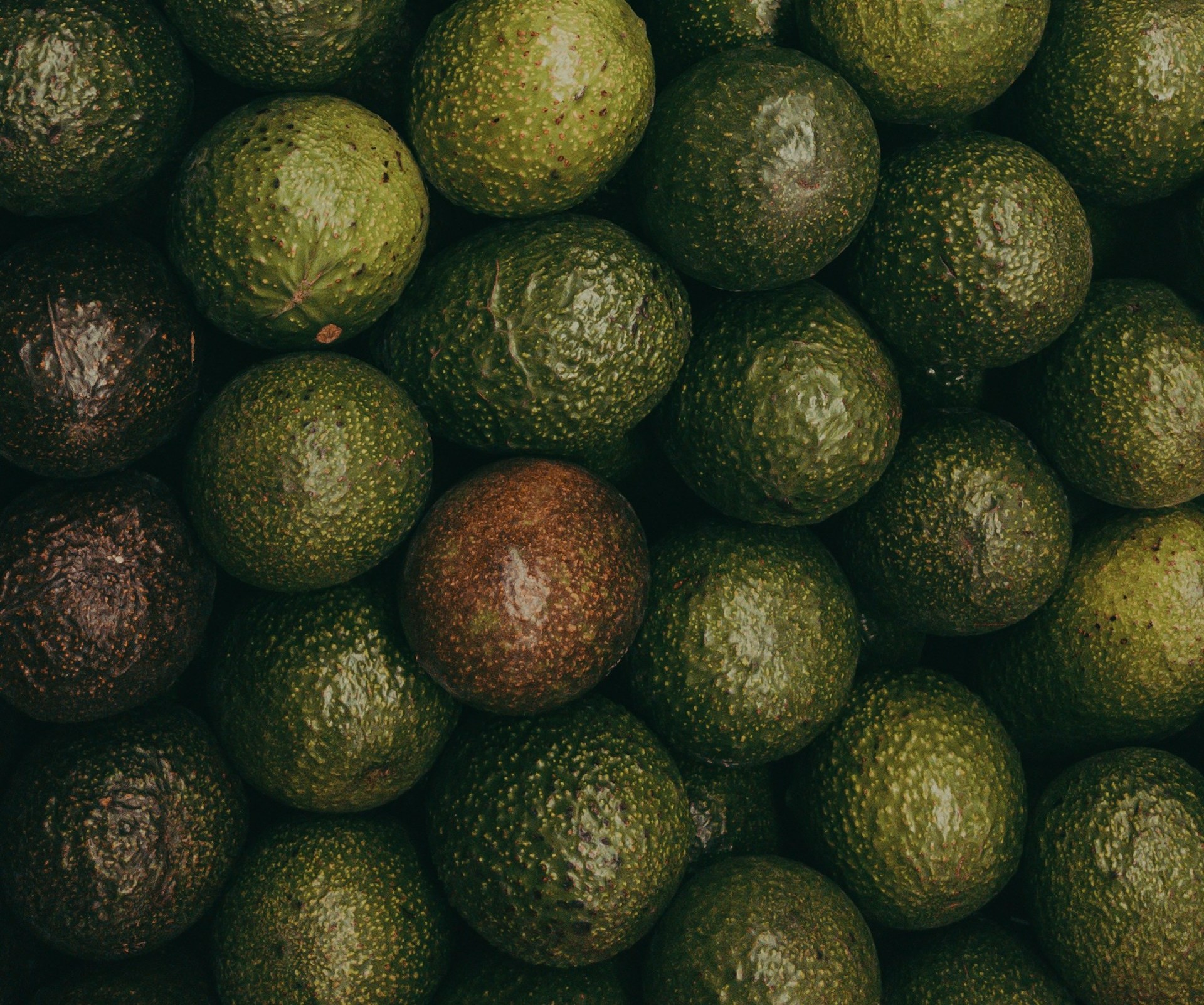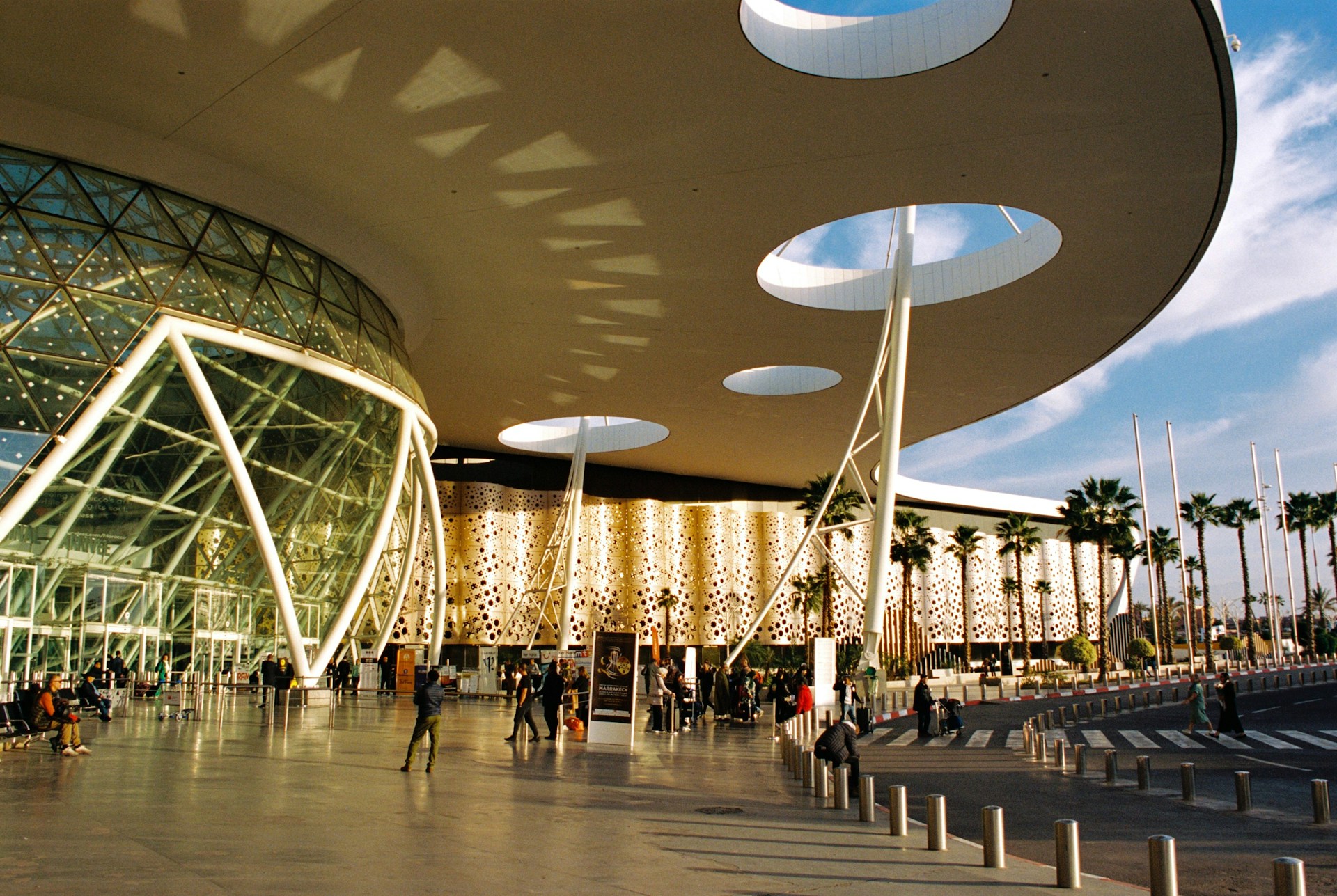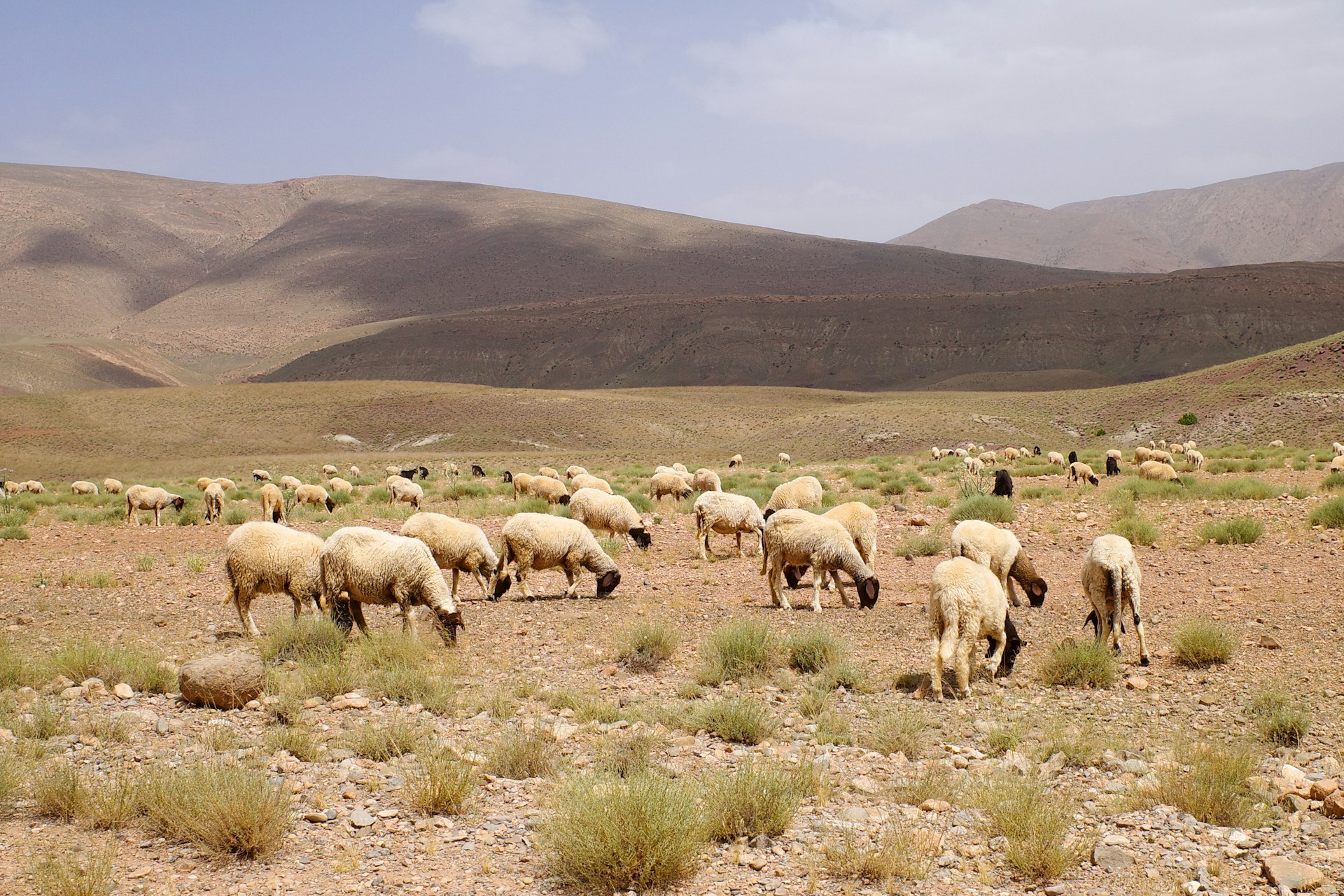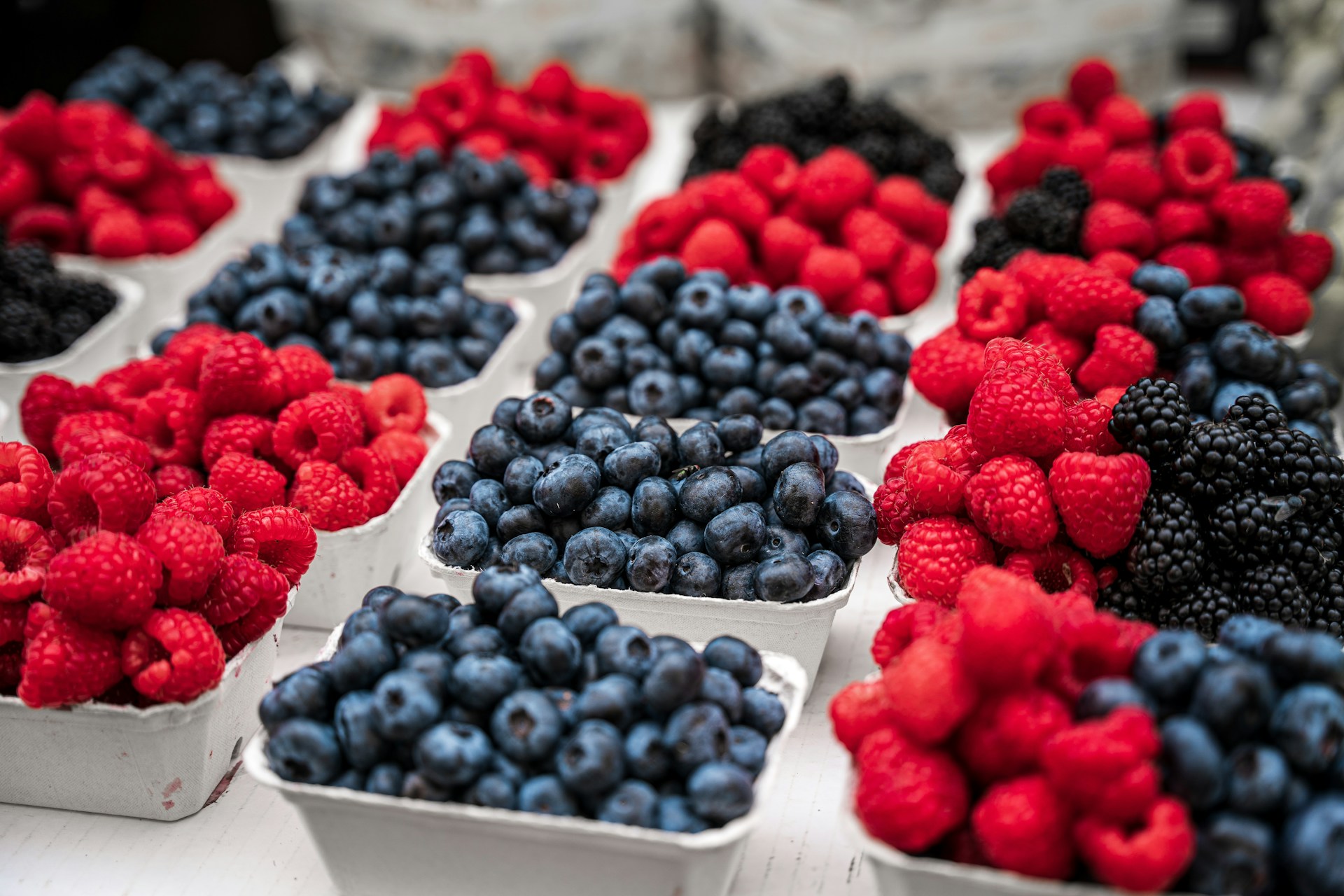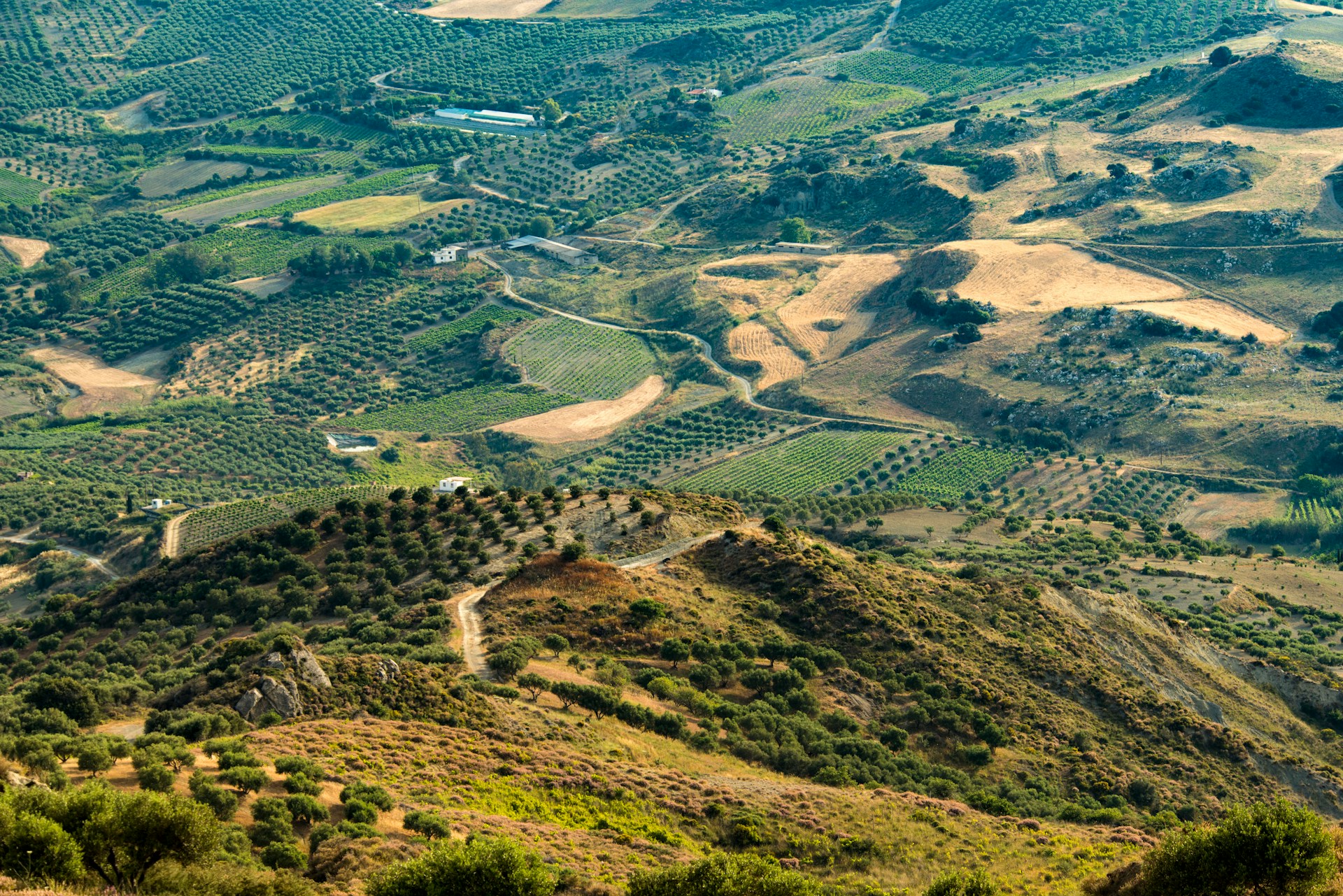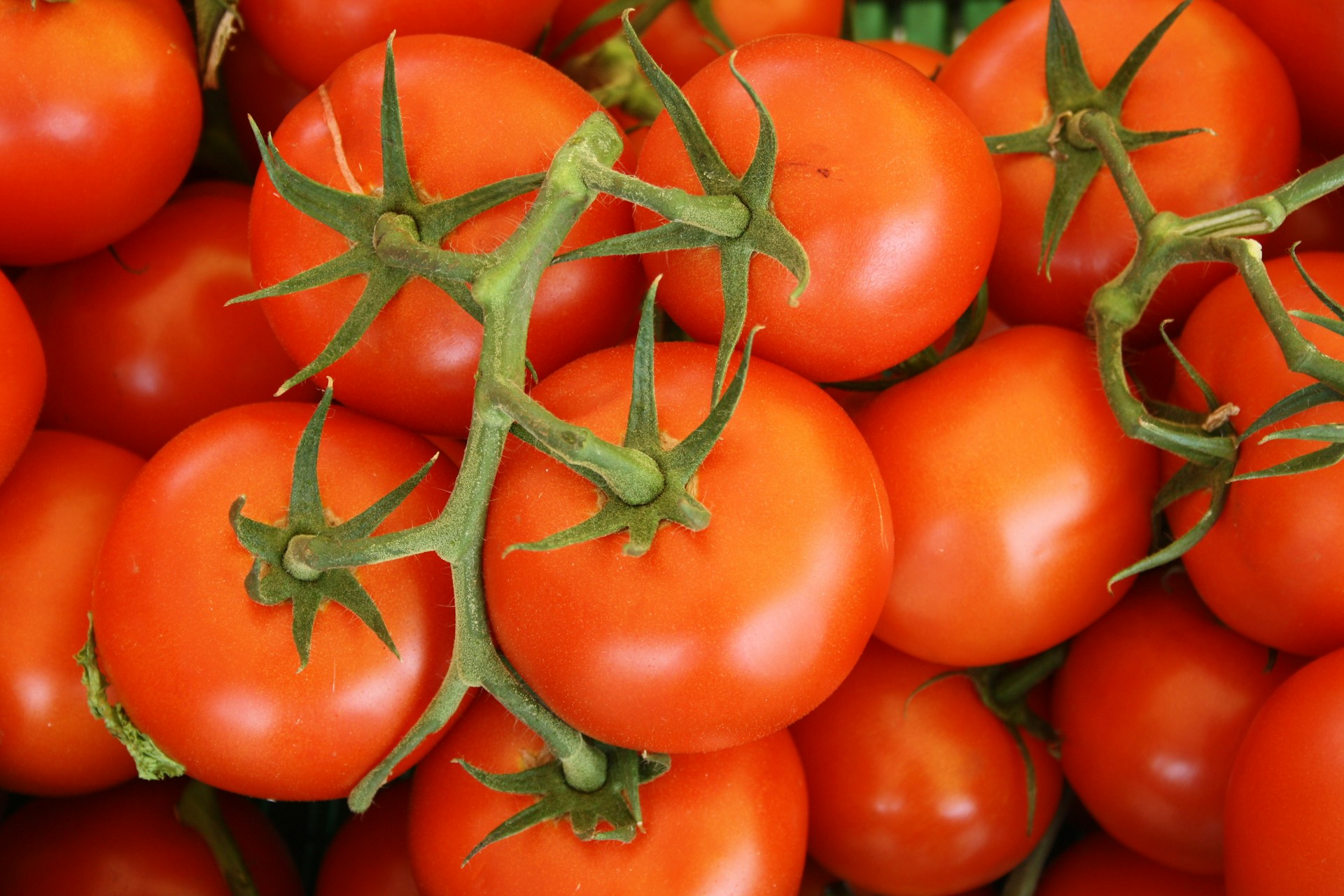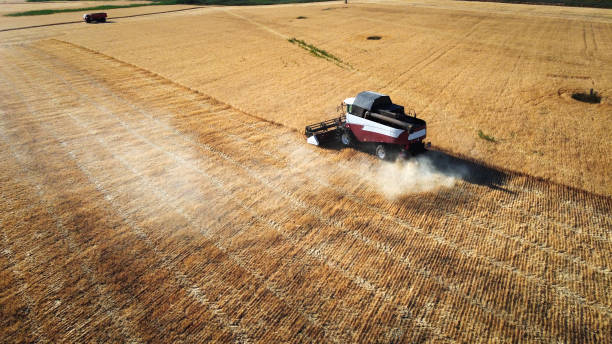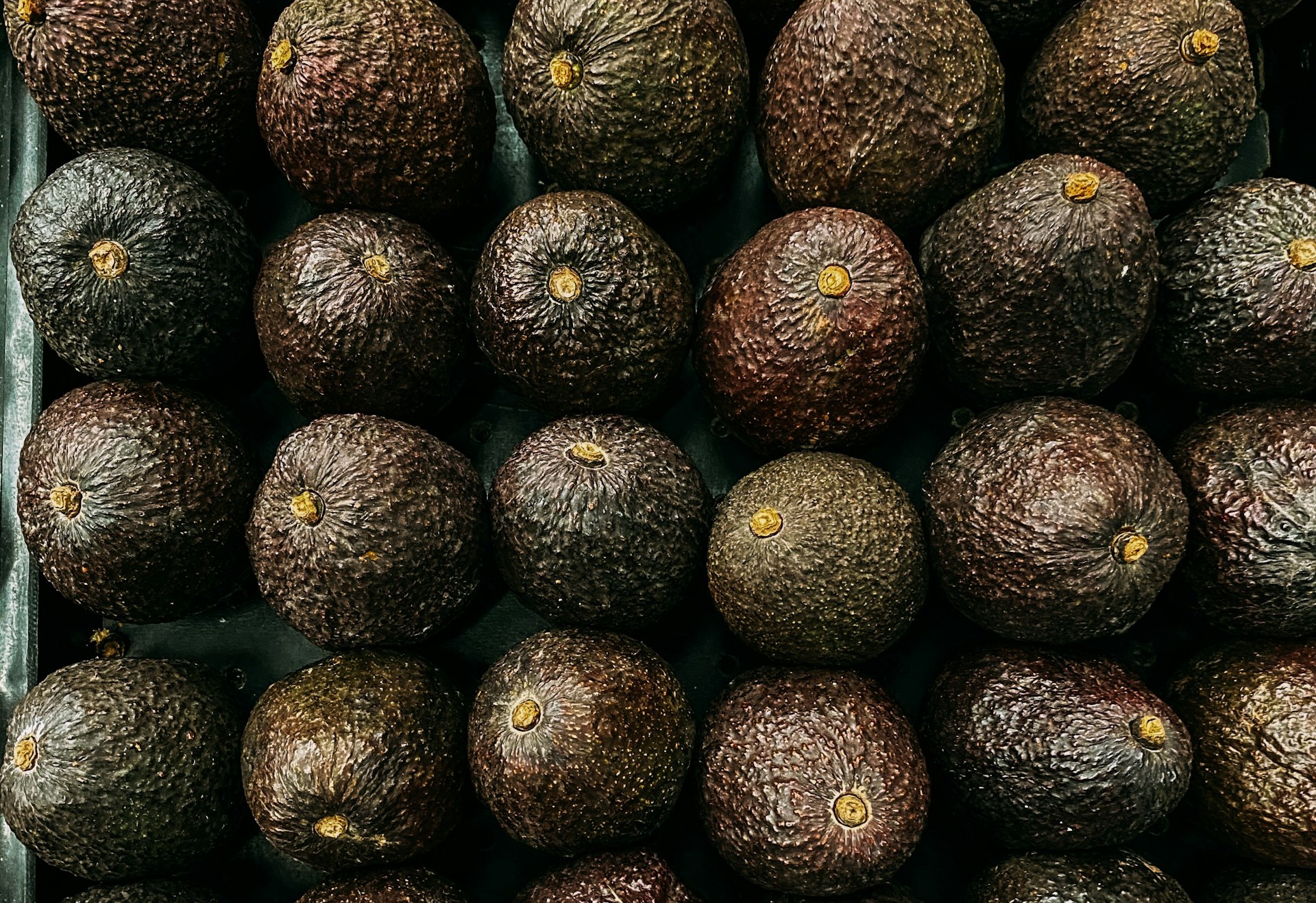Casablanca – Morocco is rapidly emerging as a major player in the global red-fruit market, with record-breaking exports of blueberries and raspberries to Canada, the United States, and Europe. Over the 2024–2025 season, Moroccan blueberry shipments to Canada reached 1,900 tons, valued at over $19 million—nearly double the previous season and seventeen times the volume from three years earlier, according to data from EastFruit.
A strategic entry into the Canadian market
Canada’s blueberry market has long been dominated by the United States, which supplies over half of imports, followed by Peru with about a quarter. Mexico, Chile, and now Morocco share the remaining market. Morocco’s share has jumped from a negligible 0.16% in 2021/22 to 2.3% in 2024/25, reflecting a rapidly growing and sustainable presence.
The success stems from Morocco’s strategic timing: Canadian blueberry demand peaks in July and August, dominated by U.S. supplies, while Moroccan shipments run from December to June, with maximum volumes in April and May. This positioning fills a gap between the end of the Peruvian season and the start of large-scale U.S. exports, allowing Morocco to compete effectively with Mexico and Chile while offering an off-season supply.
Blueberries and raspberries drive sector growth
The broader Moroccan red-fruit sector is undergoing a significant transformation. Strawberry production has declined, while blueberry and raspberry cultivation has expanded, driven by European demand and higher profitability. This shift reflects the sector’s adaptation to international market requirements, the modernization of farms, and efforts to address climate-related challenges.
During the 2024/2025 season, Morocco exported 64,400 tons of fresh raspberries, generating $487 million in revenue—a 13.8% increase compared to the previous year—making raspberries the country’s second-largest agricultural export after tomatoes. European and U.K. markets absorb most of the exports, followed by Gulf countries, while frozen strawberries are mainly destined for North America and Asia.
Expanding production and modernization
Morocco’s berry production remains concentrated in the north and in Agadir, but new regions are emerging. Dakhla is developing as a production hub through a large-scale seawater desalination irrigation project, while summer blueberry cultivation in the Atlas region extends the export season and ensures a steady supply.
The sector’s modernization efforts include farm upgrades, selection of high-performing varieties, and enhanced cooperation among producers, packing stations, and exporters. Blueberries are particularly attractive for growers due to lower technical requirements and higher profitability, despite higher initial investments.
Challenges and resilience
Despite impressive growth, the sector faces challenges from climate change—including droughts, heatwaves, and storms—as well as pests, labor shortages, rising costs, and stringent European phytosanitary regulations. Nevertheless, ongoing investment, introduction of new varieties, expansion of local nurseries, and modern production techniques are helping Morocco meet international demand.
Consolidating a global position
Morocco’s success is not limited to Canada. The country has also achieved record blueberry exports to the United States, further consolidating its position in North America. Coupled with strong European and U.K. demand, Morocco is establishing itself as a reliable, high-quality supplier of red fruits, with a competitive edge in off-season markets and a growing reputation as a global producer of blueberries and raspberries.
With a strategic combination of timing, modernization, and geographic expansion, Morocco’s berry sector is now poised to maintain its momentum, strengthen international partnerships, and continue its ascent in the global agri-food market.

